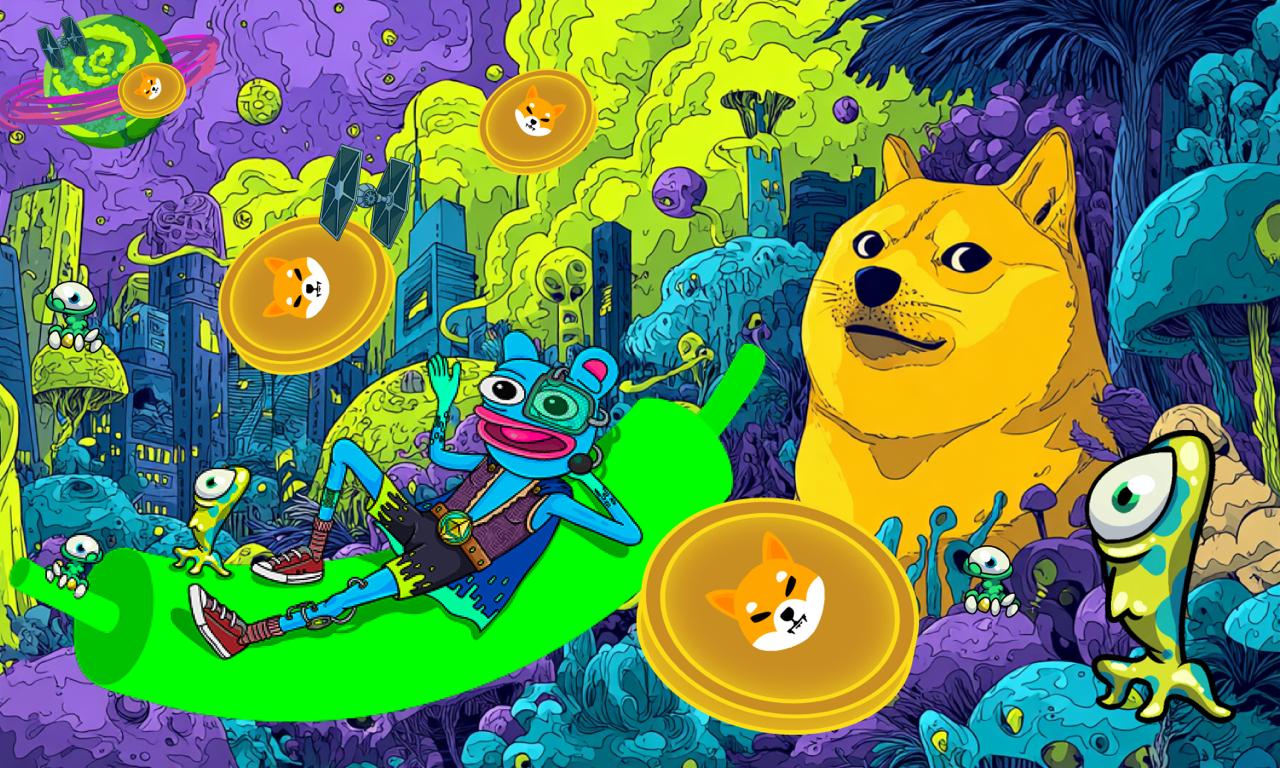In this post:
- BDACS has launched KRW1 stablecoin, which is backed by the South Korean won, after completing a full proof of concept with Woori Bank.
- The firm has also developed issuance and management systems and a user-facing app that supports P2P transfers and transaction verification.
- BDACS believes banking API integration will ensure transparent, verifiable proof of reserves and reinforce trust and accountability within its network.
BDACS officially launched a South Korean won-backed stablecoin, KRW1, on Wednesday. The initiative comes after the company completed a full proof of concept (PoC) with Woori Bank.
The company acknowledged that the milestone marks the interaction of fiat deposits, stablecoin issuance, and blockchain verification into a fully operational ecosystem. The firm also revealed that KRW1 is a proprietary stablecoin brand it trademarked in December 2023.
BDACS develops issuance and management systems
BDACS said it anticipated the central role of stablecoins in the digital asset economy and started building the necessary infrastructure well before formal regulations were in place. The Korean firm stated that its Go-to-Market strategy has positioned it as a first mover in the region’s evolving digital asset market.
According to the report, the initiative extends beyond token issuance. The digital asset custody service firm has developed a comprehensive framework, including issuance and management systems. BDACS has also developed an app that supports peer-to-peer transfers and transaction verification.
Each KRW1 token will be fully collateralized with South Korean won held in escrow at Woori Bank, the company’s strategic partner. BDACS believes that real-time banking API integration will ensure transparent, verifiable proof of reserves and reinforce trust and accountability within its network. The report revealed that Woori Bank also participated in the POC.
BDACS acknowledged that it aims to position KRW1 as a universal-user stablecoin for remittances, payments, investments, and deposits. The Korean firm is also preparing to deploy KRW1 in public-sector applications, including low-cost payment and settlement systems for emergency relief disbursements to reduce transaction fees.
BDACS also plans to advance its partnerships across financial and technology sectors, and expects KRW1 to become the leading technical standard for stablecoins under Korea’s forthcoming Digital Asset Basic Act. The company said it remains open to diverse business models, such as licensing technology and pursuing co-development initiatives. The firm is also exploring potential collaborations with global stablecoin networks.
BDACS issues KRW1 on Avalanche
BDACS revealed that KRW1 was initially issued on the Avalanche blockchain which the Korea Internet & Security Agency (KISA) cited for its reliability and security in public-sector use. BDACS has also made Avalanche one of its global partners in its push for scalable and institutional-grade blockchain infrastructure.
“The successful test pilot of KRW1 demonstrates the need for a highly-performant and reliable blockchain tailored for a regulatory-compliant stablecoin. The Avalanche technology and its growing ecosystem of real-world assets will support BDACS and Woori Bank to deliver a trusted, innovative solution for Korea’s digital economy.”
-Justin Kim, Head of Asia at Ava Labs.
The blockchain noted that Avalanche connects with banks, users and institutions to enable the custody company to shape the future of Korea’s digital economy with the stablecoin launch. It added that the blockchain provides the performance, security, and scale to bring KRW1 to life.
CEO Harry Ryoo argued that BDACS is not just a custody service provider. He said it’s building the backbone of the digital asset market, serving corporate, institutional, and public-sector partners alike. According to Ryoo, KRW1 marks a turning point for the company, and he believes the stablecoin will become a foundational asset for the digital economy.
Source: https://www.cryptopolitan.com/bdacs-rolls-out-krw1-stablecoin-backed-by-woori-bank-poc/



